Definition of L cut: The audio from a preceding scene carries over the image of the following scene.

Definition of J cut: The audio of the next scene precedes the shot change.

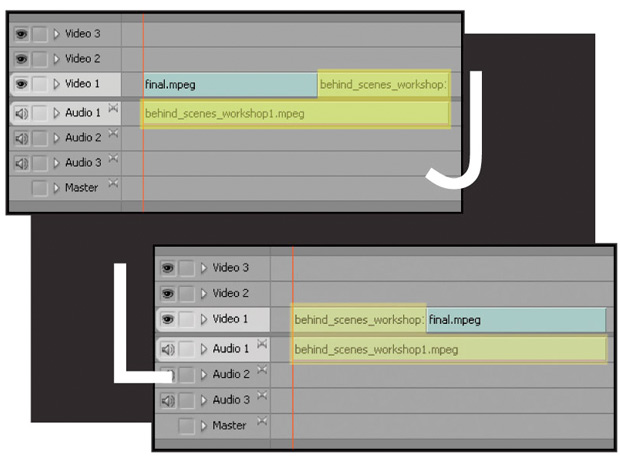
Definition of L cut: The audio from a preceding scene carries over the image of the following scene.

Definition of J cut: The audio of the next scene precedes the shot change.



In the movie The Shining, the director Stanley Kubrick used many cinematography techniques to create an eerie and uncomfortable environment for his audience. Many techniques throughout this film create different meanings and can be interpreted differently depending on who is watching it. This movie was a turning point in cinematic history, and some techniques have even been named after him, such as the ‘Kubrick zoom’.
The first and one of the most prominent techniques used was the idea of framing and one-point perspective, which gained popularity after ‘The Shining’ was released.
While perfect symmetry is usually avoided in film (as it breaks the illusion that the audience is not watching a movie), Kubrick loves to use it. Although the audience might not realise it, this technique creates a very uncomfortable feeling. Since everything is so symmetrical, it gives the audience false hope that everything is organised and safe. However, it can also be seen as very unnatural and gives a sense of a false reality. Symmetry is commonly associated with the supernatural. This constructs a world with unfathomable meanings and ideas.
Some examples of this:
When Danny is met with the two twins.
While Jack is chasing after Danny in the maze
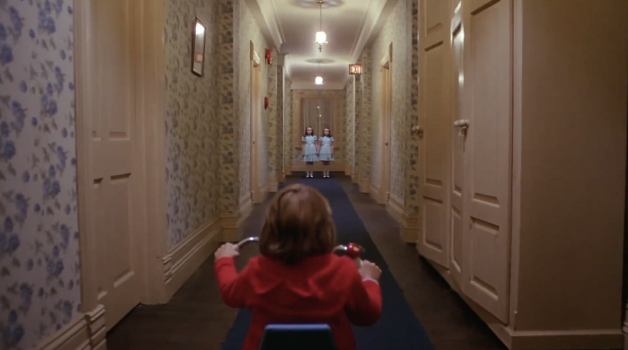
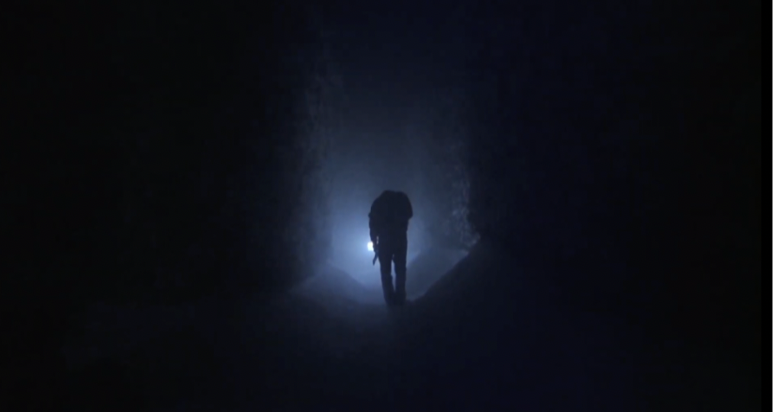
Another cinematography technique that Stanley Kubrick used was the idea of angles.
In this scene, a high-angle shot is used when Danny plays with his toys in the hallway. Kubrick did this for many reasons. First, he decided to use a high-angle shot to show the audience the whole environment and to have the entire action in the scene. In this case, it was Danny playing with his toy trucks. Having the full carpet print in view again follows the idea of mazes and structure throughout the movie since the Overlook Maze is heavily referenced, and as the hotel is so big, it is a maze to get around. Another reason could be because High-angle shots are typically used to diminish a character making them appear small, weak or vulnerable. In this case, Danny is a small boy alone in a big paranormal hotel, which already makes him vulnerable.
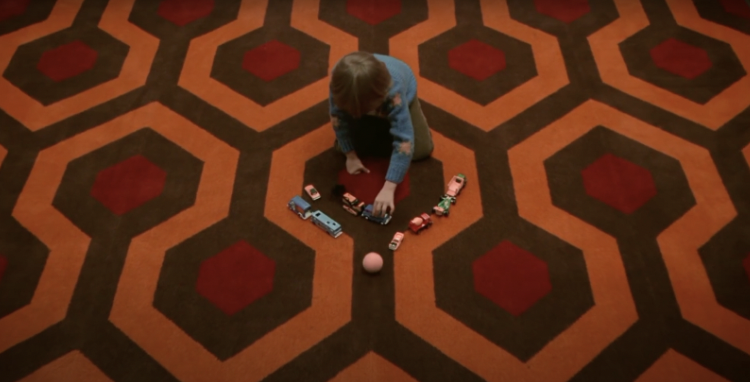
In the scene where Wendy discovered that Jack’s ‘hard work’ had only been a repeat of the sentence “All work and no play makes Jack, a dull boy”, a low-angle shot is used to show her reaction to this. This is a crucial decision as Kubrick wanted the viewers to see the emotions on Wendy’s face and create tension as the audience is curious about what Wendy is so shocked about.
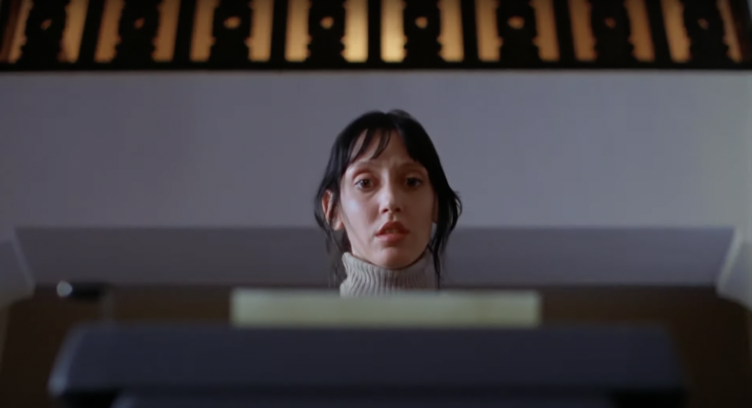
Lastly, There is a scene where Jack is looking at a replica of the Overlook maze, and it cuts to a Bird’s eye view shot of Danny and Wendy in the middle of a maze. This bird’s eye view was a very creative and effective shot for two reasons. Firstly, it shows how small these people are compared to their environment and gives the denotation that not only is this a maze but that the characters are lost and cannot be found easily. The second reason that Kubrick could have used this shot is to show how Jack stands over the maze, watching and controlling his family’s every move.

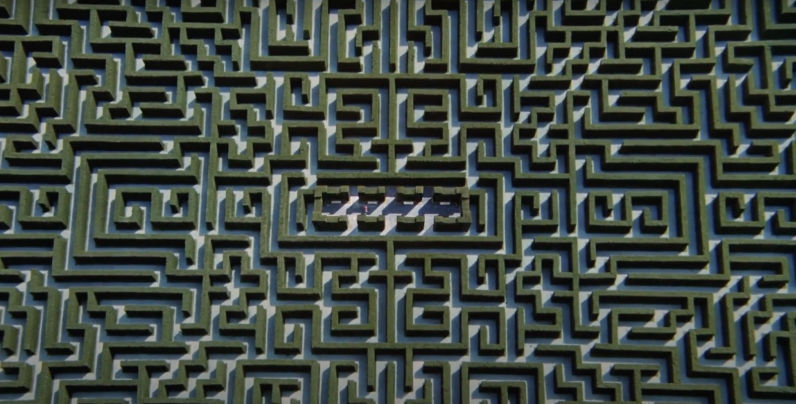
The last cinematography technique I will be discussing is the use of movement.
One of the most influential pieces of movement is the use of ‘Kubrick Zoom’. This is used many times throughout the film. Kubrick uses it so that his characters appear locked within the frame, and shots are presented like paintings. This also creates a sense of suspense for the viewers and is used so that the viewers aren’t distracted by anything in the background and only focus on the actor’s face. In this case, it was Jack, as we see him going insane.
Lastly, Stanley Kubrick was a big fan of using long continuous shots. He did this by using a tracking shot over a prominent location. It creates a connection between the character and the viewers as they are experiencing the same action and movement simultaneously. One of the most famous uses is when Danny was riding his bike in the hallway. This gives a frightening feeling to the audience as they can anticipate that something will be around the corner to scare themselves and Danny.
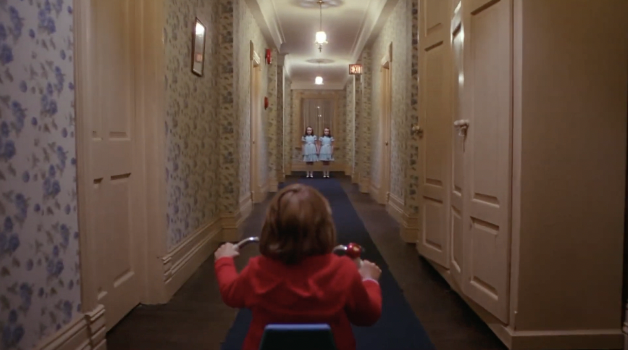
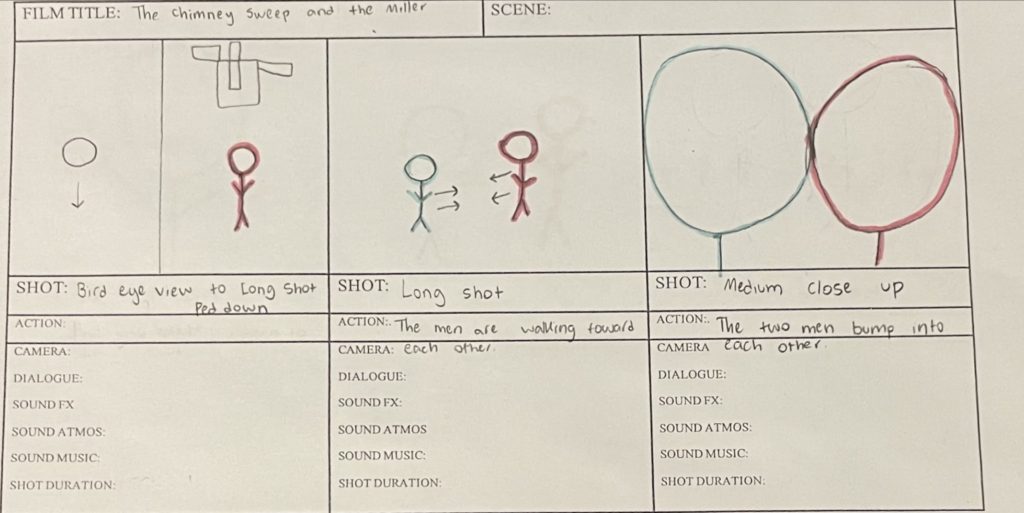
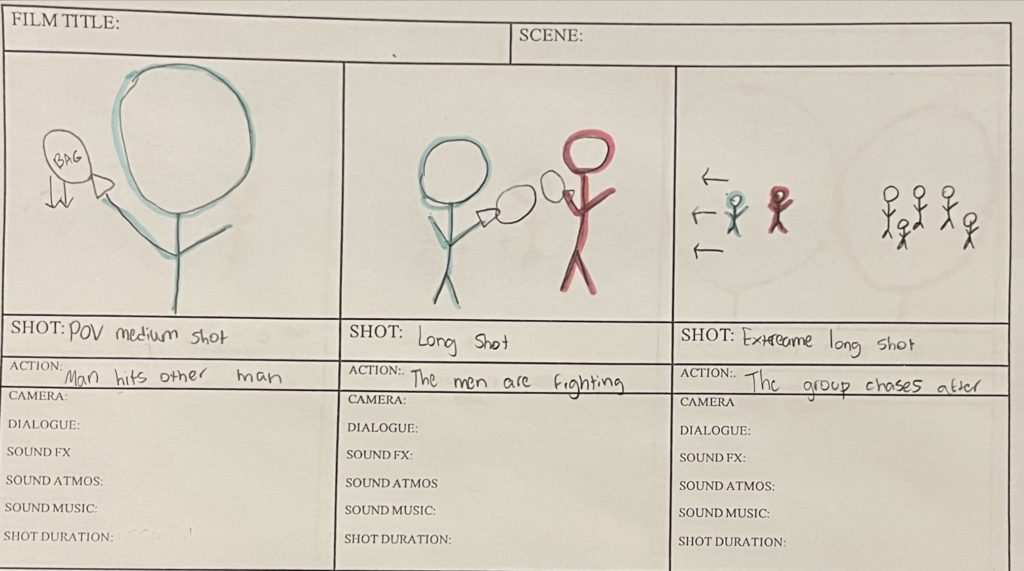
DEEP FOCUS:
Deep focus shots can offer more information to the viewer. This allows the viewer’s eyes to explore the scene at their own pace and allows dynamic action to play out in many places.

SHALLOW FOCUS:
These shots are used for many reasons. Some include creating a romantic effect, isolating a subject, guiding the audience’s attention, and suggesting a character’s emotional state. However, this is mainly used to direct the audience’s attention and ensure they are paying attention to what is important in the scene.

RACK FOCUS:
A rack focus is used to reveal elements in a shot or create a connection between them. However, they are most commonly known for directing the viewers attention from one object or person to another without cutting the shot.

DOLLY ZOOM:
This shot creates the vertigo effect. It is used to portray either internal or external conflict in the scene. It can also be used to highlight a growing relationship between two characters.
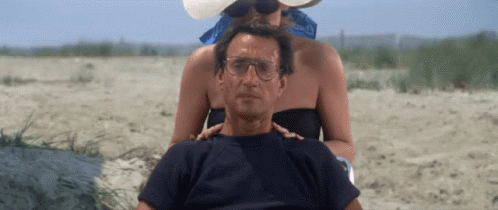
PAN:
The pan is commonly used to follow a character’s actions or reveal information, which is frequently used in The Budapest Hotel. A slow pan builds anticipation, while a fast pan heightens the shot’s energy (whip pan).

TRACKING:
A tracking shot moves with the character. This shot is most commonly used to follow a character walking or running. This technique can immerse an audience into the scene. They can also be used to create tension.

BIRDS EYE VIEW:
The bird’s eye view angle is used in film to showcase complex movement and show details of the mise-en-scene elements. This can also be used to disconnect the character from the rest.
Some directors also use this angle to bring awareness that someone is watching over the events making the viewers question the morality of what is taking place.
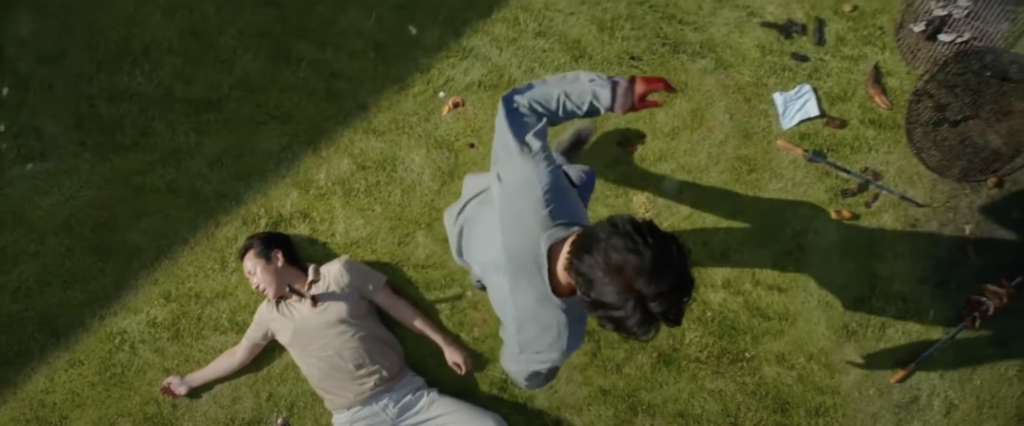
WORMS EYE VIEW:
Worm’s eye view shots are typically used to make a character look more powerful. This is because the audience and weaker characters have to look up, putting themselves in a submissive position.

HIGH ANGLE:
High-angle shots are typically used to diminish a character making them appear weak or vulnerable since the audience and other characters look down on them.
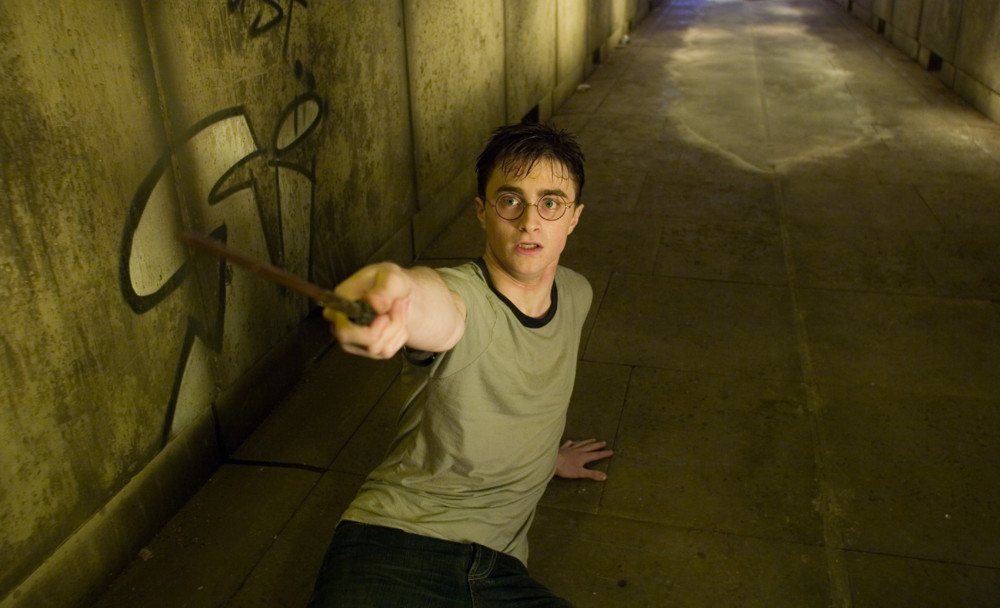
EXTREME CLOSE-UP:
Extreme close-ups are very useful A hyper-close close-up allows you to isolate and focus on particular details within the scenes of a film, revealing new ideas and emotions to the audience. However, since it is such an uneasy shot, it can sometimes break the film’s realness.
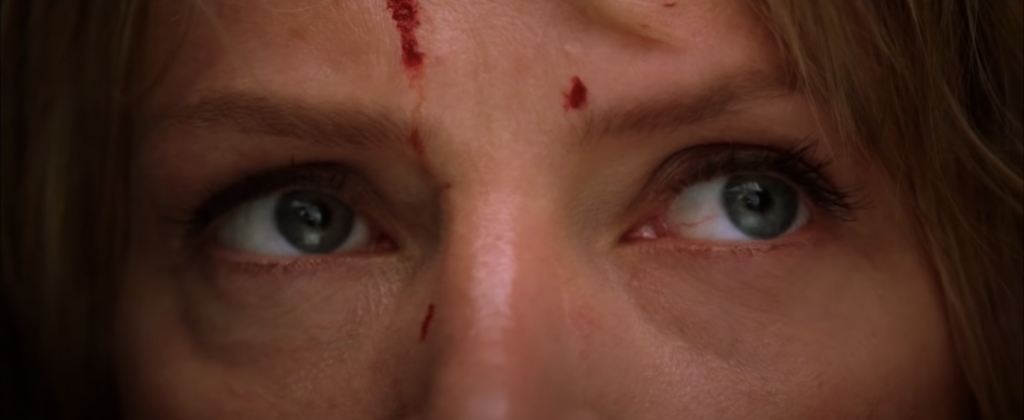
ESTABLISHING SHOT:
Establishes the geography, time of day, location and more. This gives a large amount of information to the audience using one shot. Establishing shots are essential as it helps guide the viewers and the story smoothly.
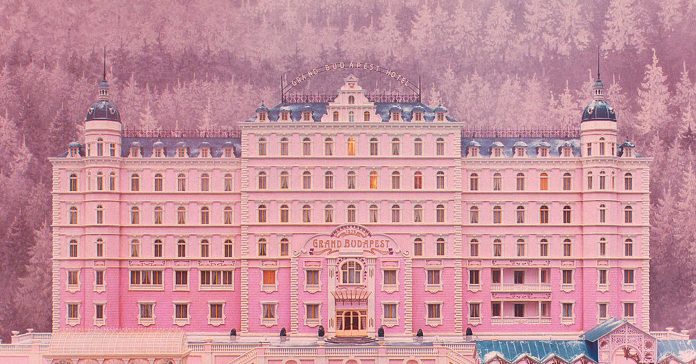
CLOSE UP:
Close-ups are commonly used in the film. This is because it shows the audience the emotion on the character’s face and gives the viewers a greater perspective into the character’s thoughts. They can also be used to dramatise a change in mood or emotion. This shot also ensures that the viewers’ intention is on the character’s face and not on the background.
Film editing is craft of cutting and assembling finished film shots into a sequence.
There is editing visuals and sounds.
Score: 8/10
Memorable Scene: I think the most memorable scene was when Jack walked into room 237 and was met with who he thought was a young lady but ended up being an old lady.
